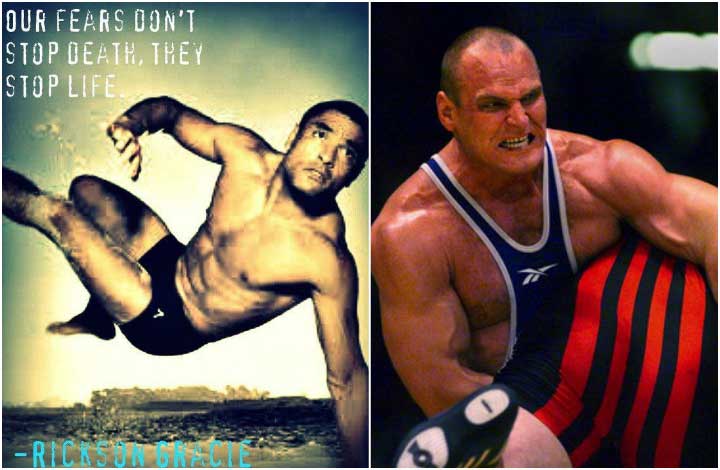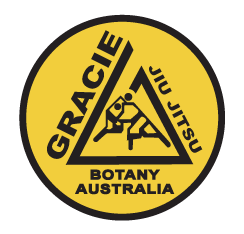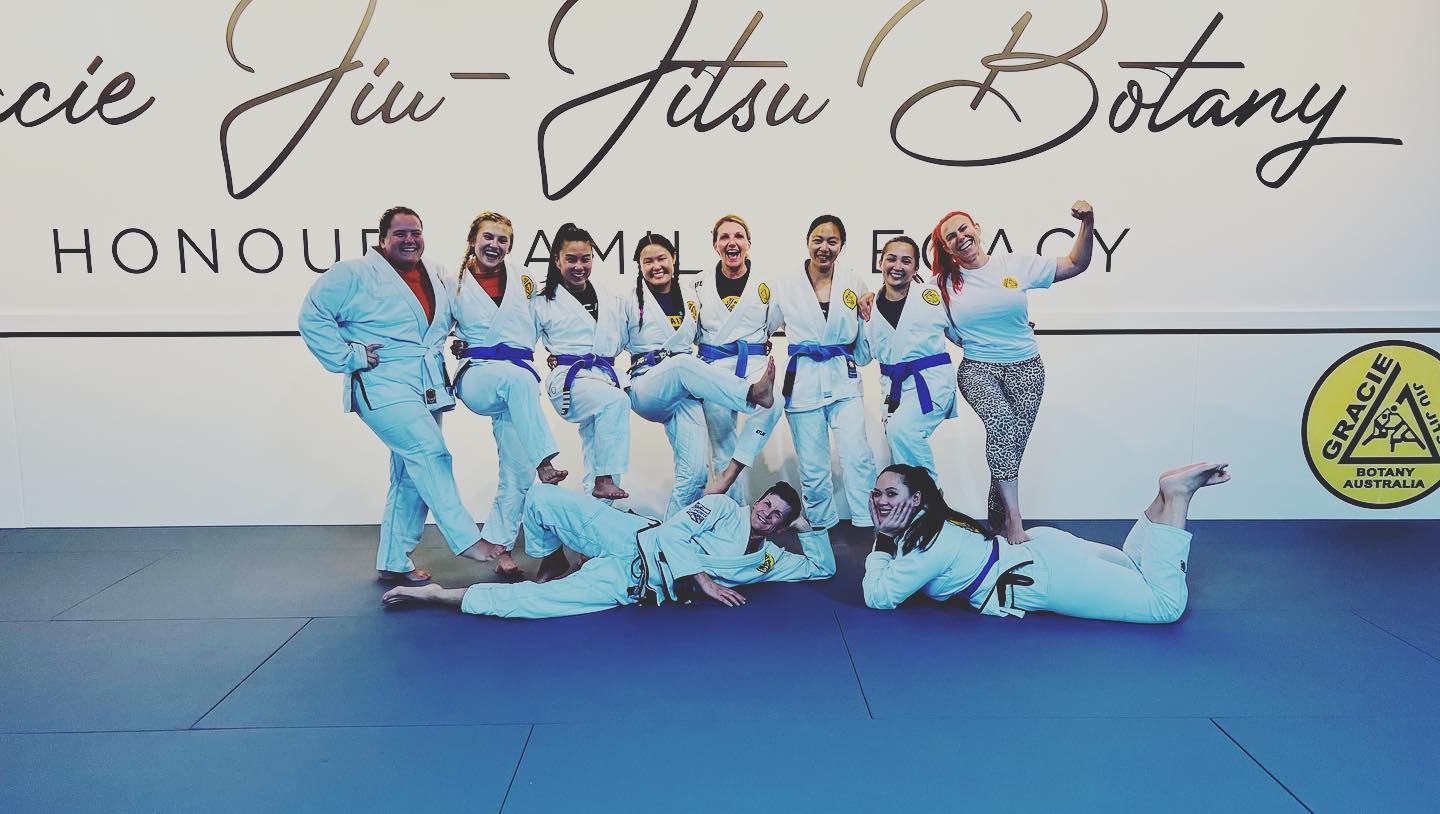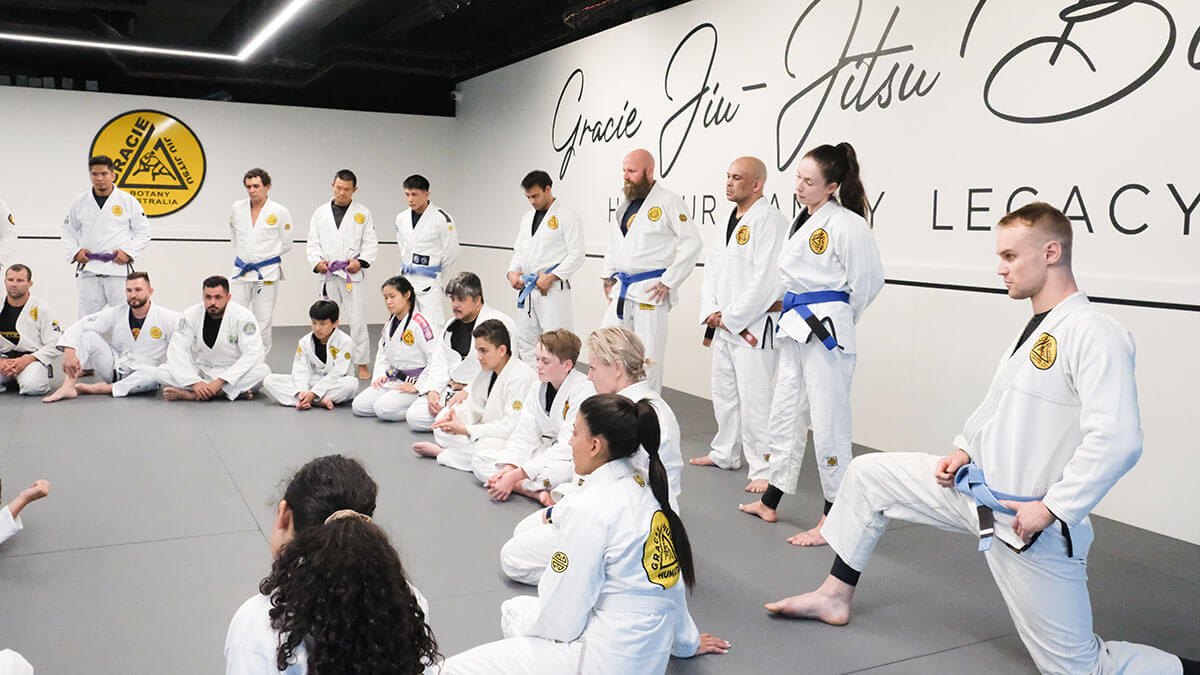Martial arts aficionados see a lot when they watch two people grapple. They can identify wrestling takedowns, Judo throws and Jiu-Jitsu submissions. But people who are less knowledgeable will only see a confusing entanglement of two people rolling around on the floor.
If you’re on this page, we’re assuming you’re in the latter category. No matter! We at Gracie Botany are here to help clarify.
The first question you may be asking is: What type of grappling is best? The true answer is there is no answer! People for decades have argued over this exact question, making it a controversial one for anyone to attempt to weigh in. A simpler, more productive question, however, is which is right for you.
Broadly speaking, Jiu-Jitsu is best for self-defence and MMA. Wrestling, on the other hand, may be more of interest if you’re chiefly concerned with cardio and improving fitness. But you’ll get a cross of benefits – Jiu-Jitsu practitioners get great workouts and wrestling also confers self-defence benefits.
For a full explanation, scroll below.

Competing goals of wrestling and BJJ
Wrestling and Brazilian Jiu-Jitsu have many similarities. But their main, foundational difference is the goal each martial art is trying to achieve. Wrestling is all about taking a standing opponent and pinning them to the mat. Jiu-Jitsu is about securing a dominant position and then submitting your opponent.
The distinction may sound subtle, but it’s significant.
Think about incentives. If you’re a wrestler, your match ends if your shoulders are pinned to the mat. If you’re a Jiu-Jitsu practitioner, you can be pinned to the mat – but then reverse position, mount your opponent and tap them out.
As you may expect, BJJ focuses far more on grappling on the ground, because the match only ends with a submission. Wrestling, in turn, has greater emphasis on taking an opponent to the ground, because that’s where it ends.
This is a key reason why Jiu-Jitsu is thought to be a more effective self-defence system. Taking an opponent to the ground is a helpful skill, but it’s one aspect of a fight. Jiu-Jitsu, in continuing until submission, encompasses more elements of self-defence.
Keep your guard up
All of this brings us to the guard, Jiu-Jitsu’s most revolutionary feature. Several martial arts have a “guard”; in the case of boxing, it’s using your hands and forearms to shield your face and torso from blows. It’s similar in kickboxing.
Jiu-Jitsu’s guard is different in one important way: it’s not just defensive. You can be lethal in a BJJ guard.
Imagine two people are on the mats. Person A is lying on the ground, and Person B is standing by Person A’s feet. Any time Person B is in between Person A’s hips and toes, he’s in Person A’s “guard.” There are dozens of guard variations, but the principle is broadly this: Person A is on their back, but has a range of attacks at their disposal.
Again, recall that wrestling ends when someone is pinned on their back. BJJ’s genius is that it allows you to be dangerous in a position that other martial arts see as a complete loss.
To be sure, wrestling has its benefits. Wrestlers are generally speaking far more capable at takedowns than are BJJ practitioners. They develop explosive movements and excellent cardio, because both are required for success. Jiu-Jitsu, by contrast, favours timing and leverage. It’s still an exhausting full-body workout, but won’t push you in the same way wrestling does.
Free trial class
What are your martial art interests? If you’re near Sydney’s eastern suburbs, come into Gracie Botany for a free trial class.
Gracie Botany’s academy is centrally located in Lord Street, Botany. Minutes from Maroubra, Matraville or Mascot.
Gracie Botany is a well known martial arts academy located in Sydney’s eastern suburbs. We teach kids and adults the basics of Brazilian Jiu Jitsu, including self-defence techniques.



